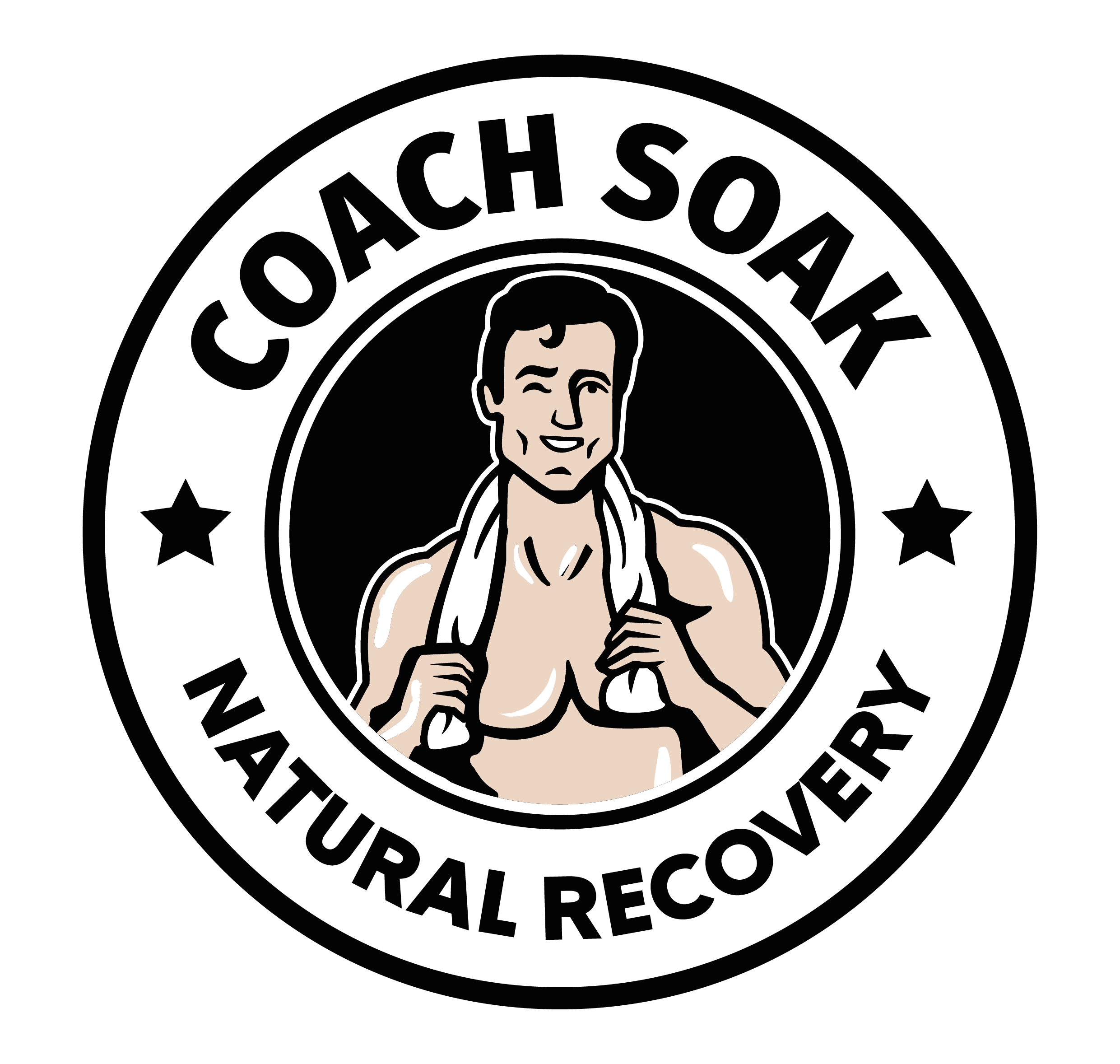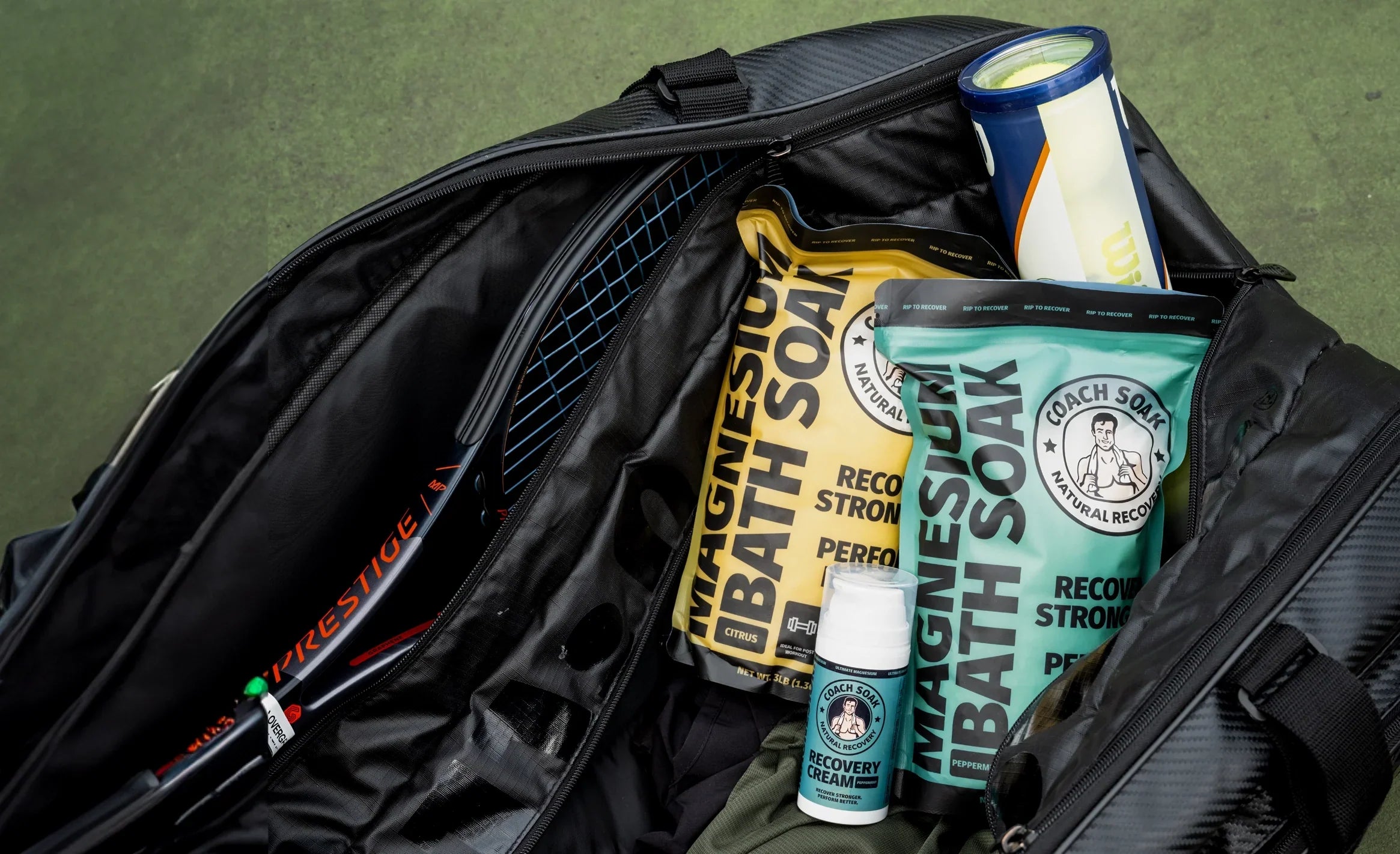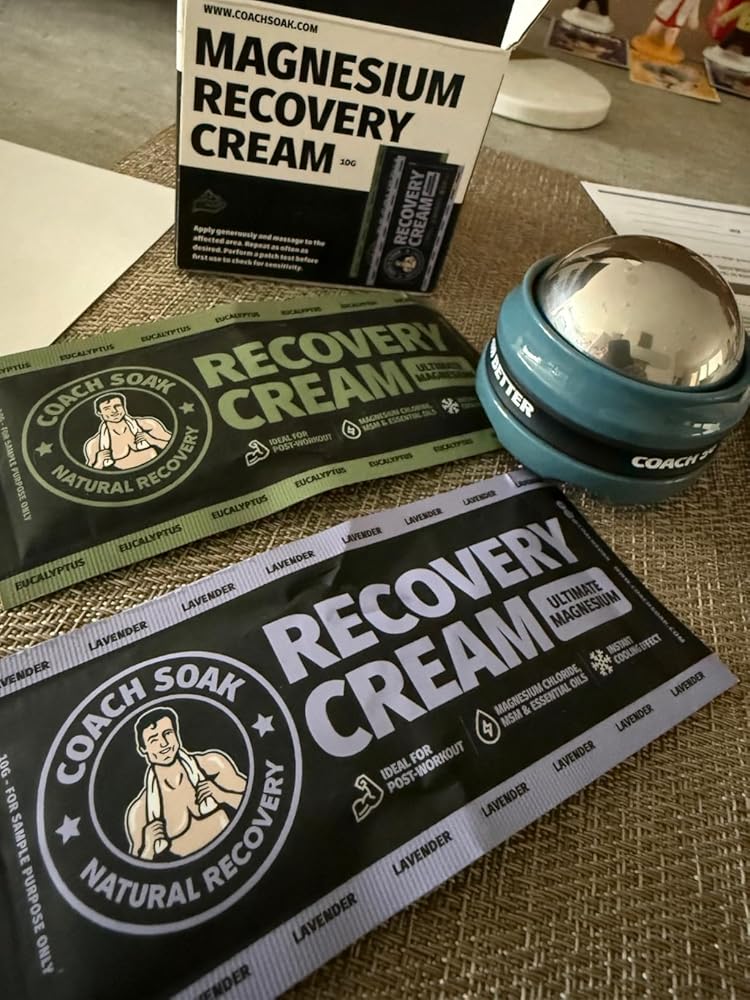Deciding between heat or cold for post-workout muscle soreness often depends on timing: a cold application is generally best for soothing that initial, intense feeling and sharp discomfort within the first 24-48 hours, while a heat application excels at supporting circulation and relaxing muscles later in the recovery process.
That familiar ache, the satisfying throb that signals a workout well done – or perhaps one that pushed you just a little too far. We've all been there. Delayed Onset Muscle Soreness, or DOMS, is practically a rite of passage for anyone engaging in physical activity. But when those muscles start to protest, a crucial question quickly follows: what’s the best way to find comfort and support your recovery? Do you reach for an ice pack or a heating pad?
This age-old debate has left many athletes, weekend warriors, and fitness enthusiasts standing at a crossroads, unsure which path leads to a quicker-feeling recovery and less discomfort. One promises to cool the discomfort, the other to soothe and relax. The truth is, both cold and heat have their distinct advantages, and understanding when and how to use them can make a significant difference in how your body bounces back. It's not always a simple "either/or" situation; sometimes, the answer lies in knowing the unique benefits each brings to your muscles at different stages of soreness.

Understanding That Post-Workout Ache
That tender feeling in your muscles a day or two after a particularly strenuous or new exercise routine is a very common experience. It's often referred to as Delayed Onset Muscle Soreness, or DOMS, and it’s your body's natural response to the hard work you've put in. Understanding what’s actually going on can help you manage it more effectively.
What Exactly is DOMS (Delayed Onset Muscle Soreness)?
DOMS isn't the sharp, immediate sensation you might feel if you twist an ankle. Instead, it’s a dull, aching discomfort that typically creeps in 12 to 24 hours after your workout, often peaking around 24 to 72 hours post-exercise. This delay is why it's called "delayed onset."
Think of it as your muscles signaling that they’ve been challenged and are now in the process of rebuilding themselves to become stronger. It's particularly common when you introduce a new type of exercise, increase the intensity or duration of your usual workouts, or focus on eccentric exercises (movements that lengthen the muscle, like lowering a weight slowly).
What's Happening Inside Your Muscles?
When you push your muscles harder than they're accustomed to, tiny microscopic tears occur in the muscle fibers. This might sound alarming, but it's a normal part of the muscle-building process. These micro-tears trigger a natural response from your body – a crucial step in adaptation.
This natural response, along with the body's processes kicking in, is what contributes to the soreness and stiffness you feel. Your body sends fluids and immune cells to the affected areas to address the area and begin rebuilding, leading to some puffiness and sensitivity.
Is It a "Good" Ache? Distinguishing DOMS from Injury
Many people consider DOMS a sign of an effective workout, and to some extent, it can be – it indicates that your muscles have been sufficiently challenged to adapt and grow stronger. However, extreme soreness isn't necessarily better, and a lack of soreness doesn't mean your workout was ineffective.
It's important to distinguish DOMS from the sharp, sudden sensation of an acute injury. Pain from an injury, on the other hand, is often localized, can be sharp or stabbing, might involve significant puffiness or bruising quickly, and could impede your ability to use the affected limb or joint properly. If you suspect an injury, it's always best to consult a healthcare professional.
The Chilling Truth: How a Cold Application Tackles Soreness
When your muscles are screaming after a tough session, the idea of an ice bath or a cold pack can sound incredibly appealing – or perhaps a bit daunting! But there's solid reasoning behind why a cold application is a go-to for many athletes and fitness enthusiasts immediately after exercise.
Cooling the Area and Easing Discomfort
The primary way a cold application works its magic is by causing the narrowing of your blood vessels. When you apply cold to an area, the blood vessels in that region constrict, slowing circulation to the area. This is particularly beneficial in the immediate aftermath of intense exercise when those micro-tears in your muscles are triggering a natural response.
By slowing this circulation, a cold application helps to ease the feeling of puffiness and heat around the affected muscle tissue. Easing this response can mean less secondary discomfort... and, ultimately, less discomfort.
Providing a Cooling, Soothing Sensation
Ever notice how an ice pack can make a sore spot feel less uncomfortable? Cold temperatures have a soothing effect. They dull the sensations in the affected area, including the signals of discomfort being sent to your brain. This cooling sensation can provide significant, albeit temporary, comfort from the acute discomfort of sore muscles after workout.
When is a Cold Application Most Effective?
A cold application is generally most beneficial within the first 24 to 48 hours after an intense workout or when you're dealing with a new strain where puffiness is a concern. This is the period when the body's natural response is at its peak.
- Immediately Post-Workout: Applying cold soon after finishing your exercise can help get ahead of the body's natural response.
- For Acute Soreness: If your muscles feel particularly tender, puffy, or "hot," cold can be very soothing.
Think of it as a rapid response to cool things down and manage that initial wave of soreness and the body's natural response.
Popular Cold Methods:
- Ice Packs: The classic. Wrap an ice pack or a bag of frozen peas in a thin towel (to prevent skin irritation) and apply to the sore area for 15-20 minutes.
- Ice Baths: For a more systemic approach, especially after a full-body workout, immersing yourself in an ice bath (water temperature around 10-15°C or 50-59°F) for 10-15 minutes can be effective, though certainly bracing!
- Cold Water Immersion (CWI): Similar to an ice bath but might be slightly less frigid.
- Specialized Cold Chambers: A more specialized and intense form where you're exposed to extremely cold, dry air for a few minutes.
A Word of Caution: Always protect your skin from direct contact with ice to avoid skin injury. Limit cold application to 15-20 minutes at a time, and allow your skin to return to normal temperature before reapplying.
Turning Up the Heat: Can Warmth Soothe Your Muscles?
After the initial shock of muscle soreness, or perhaps when stiffness sets in a day or two later, the thought of a warm bath or a heating pad can feel like a comforting hug for your aching body. A heat application works quite differently from a cold one, offering its own unique set of benefits for muscle support and relaxation.
Supporting Circulation to Soothe and Relax
The primary mechanism behind a heat application is the widening of your blood vessels. Unlike cold, which constricts them, heat encourages blood vessels to expand. This increased circulation to the targeted muscles is highly beneficial for several reasons:
- Supporting the Area: More circulation means what your body needs can get to the muscle tissues, which is essential for the rebuilding process.
- Easing Congestion: Enhanced circulation also helps to ease that congested feeling that can accumulate in muscles after intense exercise and contribute to soreness.
- Soothing Tightness: Warmth can help to soothe and relax tense, tight muscles and ease tightness, making it particularly good for stiffness.
Increasing Tissue Elasticity and Reducing Stiffness
Applying heat can make connective tissues more pliable and elastic. If your muscles feel stiff and your range of motion is limited due to soreness, warmth can help to gently loosen things up. This can make movement more comfortable and may even prepare muscles for light activity or stretching, further supporting your routine.
When is a Heat Application the Right Choice?
Heat is generally best used after the initial 24-48 hour period of the acute response has subsided, or for more general muscle stiffness and tension that isn't accompanied by significant puffiness.
- For Lingering Soreness and Stiffness: Once the initial intense ache has passed, heat can soothe persistent discomfort and ease stiffness.
- Before Exercise (sometimes): Applying mild heat before a workout can help warm up muscles, supporting your warm-up, especially if muscles are already tight. However, this is usually more for pre-existing tightness rather than post-workout DOMS.
- To Promote Relaxation: The soothing sensation of warmth is excellent for general relaxation, which indirectly supports relaxation.
Avoid applying heat to acute strains where puffiness is present, as it can sometimes worsen the initial response.
Popular Heat Methods:
- Heating Pads: Electric heating pads or microwavable heat packs offer targeted comfort. Apply for 15-20 minutes at a time.
- Warm Baths or Showers: Immersing your body in warm water (not scalding hot) can provide widespread muscle relaxation. Adding Epsom salts or, even better, our high-quality Dead Sea magnesium chloride flakes can further enhance muscle soothing and relaxation due to magnesium's known benefits.
- Saunas or Steam Rooms: These provide systemic heat, promoting overall circulation and relaxation.
- Warm Compresses: A towel soaked in warm water can be used for localized heat application.
Safety First: Ensure the heat source isn't too hot to avoid skin irritation. Use a barrier, like a towel, between your skin and direct heat sources like heating pads, especially if they are very hot. Stay hydrated if using saunas or steam rooms.
Heat vs. Cold: Making the Right Choice for Your Recovery
So, we've explored the individual powers of cold and heat. One chills and constricts, the other warms and expands. But when it comes to nursing those sore muscles after workout back to comfort, how do you decide which to turn to? The answer often lies in understanding the timing and nature of your discomfort.

The Golden Rule: Cold First, Heat Later
For acute, fresh muscle soreness – especially within the first 24 to 48 hours after a workout – cold is generally your best friend. This is when the body's acute response is at its peak. A cold application helps to:
- Ease puffiness and that 'hot' feeling
- Soothe sharp discomfort
- Protect the affected area
Think of ice as your emergency responder, calming the area in your muscles.
Once this initial, intense phase has passed and the puffiness has largely subsided (typically after 48 hours), or if you're dealing with more chronic muscle stiffness and tension rather than fresh soreness, heat can be introduced. A heat application helps to:
- Support circulation, which helps the natural rebuilding process
- Relax tight, stiff muscles
- Soothe lingering aches and ease stiffness
Heat is more like your long-term support, encouraging comfort and promoting relaxation.
Listen to Your Body: Personal Preference Matters
While the "cold first, heat later" guideline is a solid starting point, individual responses can vary. Some people find immediate comfort from warmth even in earlier stages (though it's generally advised against if significant puffiness is present). Pay attention to what feels best for your body. If cold makes you tense up excessively, or if heat feels irritating, it might not be the right approach for you at that moment.
What About Alternating? The Best of Both Worlds?
This alternating approach involves switching between cold and heat. This might look like a few minutes in a cold shower followed by a few minutes in a warm shower, or alternating cold and hot packs on a specific area. The theory is that this rapid change from cooling (cold) to warming (heat) creates a "pumping" action. This could potentially help:
- Ease that congested feeling more effectively
- Ease muscle soreness
- Support circulation
This alternating approach is often used by athletes. If you try it, typically end with cold if you're still in the acute response phase, or with heat if you're focusing on relaxation and circulation for later-stage recovery. A common protocol is 1-2 minutes of cold followed by 1-2 minutes of heat, repeated several times.
Simple Scenarios: A Quick Guide
Symptom/situation and the initial recommendation
- Fresh, sharp soreness within 48 hours post-workout, possible puffiness: Cold application (ice pack, cold water immersion)
- Dull, aching soreness, stiffness, more than 48 hours post-workout, no significant puffiness: Heat application (heating pad, warm bath)
- General muscle tightness before activity (not acute injury): Mild heat application
- Looking to boost overall recovery and potentially ease soreness (after initial 24-48 hours): Alternating applications (hot and cold)





